Increasing Pet Ownership
The trend of increasing pet ownership appears to be a primary driver in the Animal And Pet Food Market. As more households adopt pets, the demand for pet food continues to rise. Recent statistics indicate that approximately 67% of U.S. households own a pet, which translates to over 85 million families. This growing number of pet owners is likely to contribute to a surge in the consumption of pet food products. Furthermore, the emotional bond between pets and their owners often leads to increased spending on premium and specialized food products. This trend suggests that the Animal And Pet Food Market will continue to expand as pet ownership becomes more prevalent across various demographics.
Health and Wellness Trends
The increasing focus on health and wellness among pet owners is driving changes in the Animal And Pet Food Market. Consumers are becoming more aware of the nutritional needs of their pets, leading to a demand for high-quality, nutritious food options. Reports indicate that the market for organic and natural pet food has seen substantial growth, with sales projected to reach several billion dollars in the coming years. This shift towards healthier pet food options reflects a broader societal trend towards wellness, influencing purchasing decisions. As pet owners prioritize the health of their animals, the Animal And Pet Food Market is likely to adapt by offering products that align with these health-conscious preferences.
Innovation in Product Offerings
Innovation plays a crucial role in shaping the Animal And Pet Food Market. Companies are increasingly investing in research and development to create new and improved products that cater to the evolving needs of pets and their owners. This includes the introduction of specialized diets for pets with specific health conditions, as well as the development of functional foods that promote overall well-being. The market for pet food is projected to grow significantly, with innovative products likely to capture a larger share of consumer spending. As brands strive to differentiate themselves, the emphasis on innovation will continue to drive growth within the Animal And Pet Food Market.
Expansion of Distribution Channels
The expansion of distribution channels is significantly influencing the Animal And Pet Food Market. With the rise of e-commerce, pet food brands are increasingly utilizing online platforms to reach a broader audience. This shift allows consumers to access a wider variety of products, often at competitive prices. Additionally, traditional retail channels are also evolving, with pet specialty stores and supermarkets enhancing their offerings to meet consumer demand. The convenience of online shopping, combined with the availability of diverse product options, is likely to drive sales in the Animal And Pet Food Market. As distribution channels continue to expand, the market is expected to grow, catering to the changing preferences of pet owners.
Sustainability and Ethical Sourcing
Sustainability has emerged as a key consideration for consumers in the Animal And Pet Food Market. There is a growing demand for products that are ethically sourced and environmentally friendly. Many pet owners are now seeking brands that prioritize sustainable practices, such as using responsibly sourced ingredients and eco-friendly packaging. This shift in consumer preferences is prompting companies to adopt more sustainable practices in their production processes. As a result, the Animal And Pet Food Market is likely to see an increase in the availability of sustainable pet food options, which could appeal to environmentally conscious consumers and drive market growth.


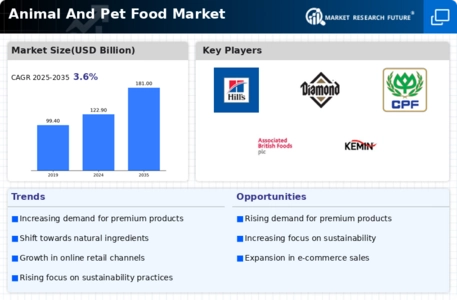
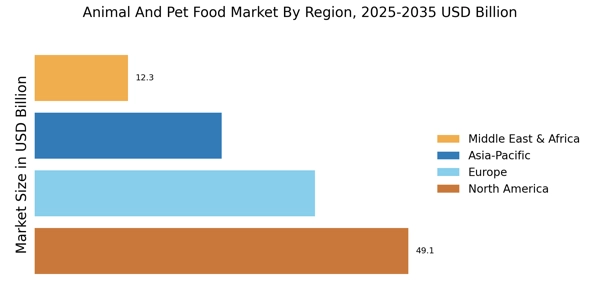


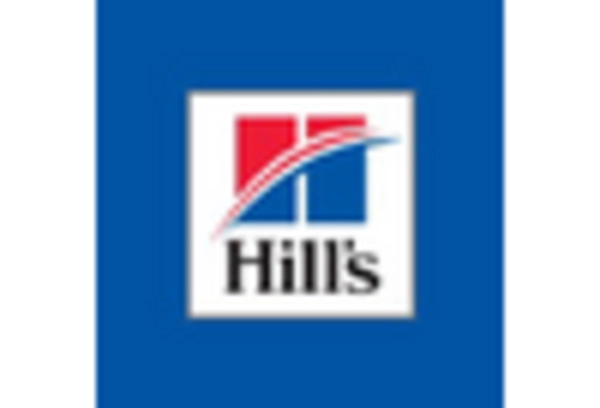
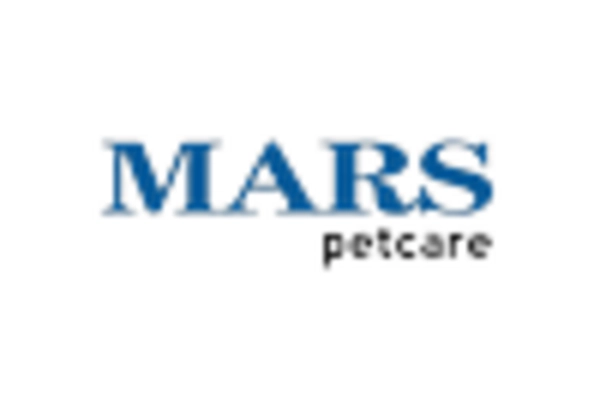
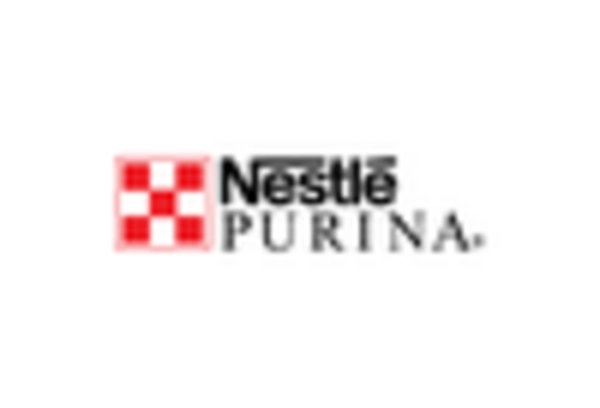
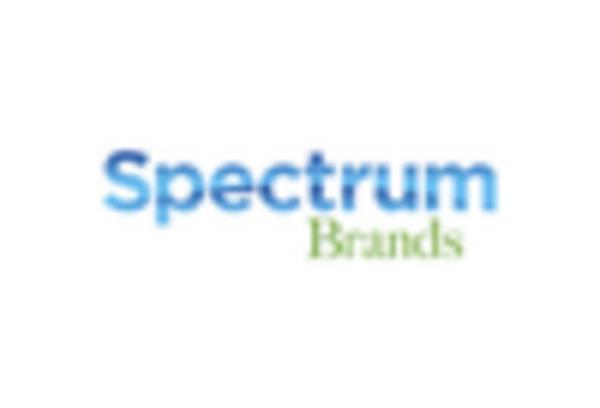








Leave a Comment